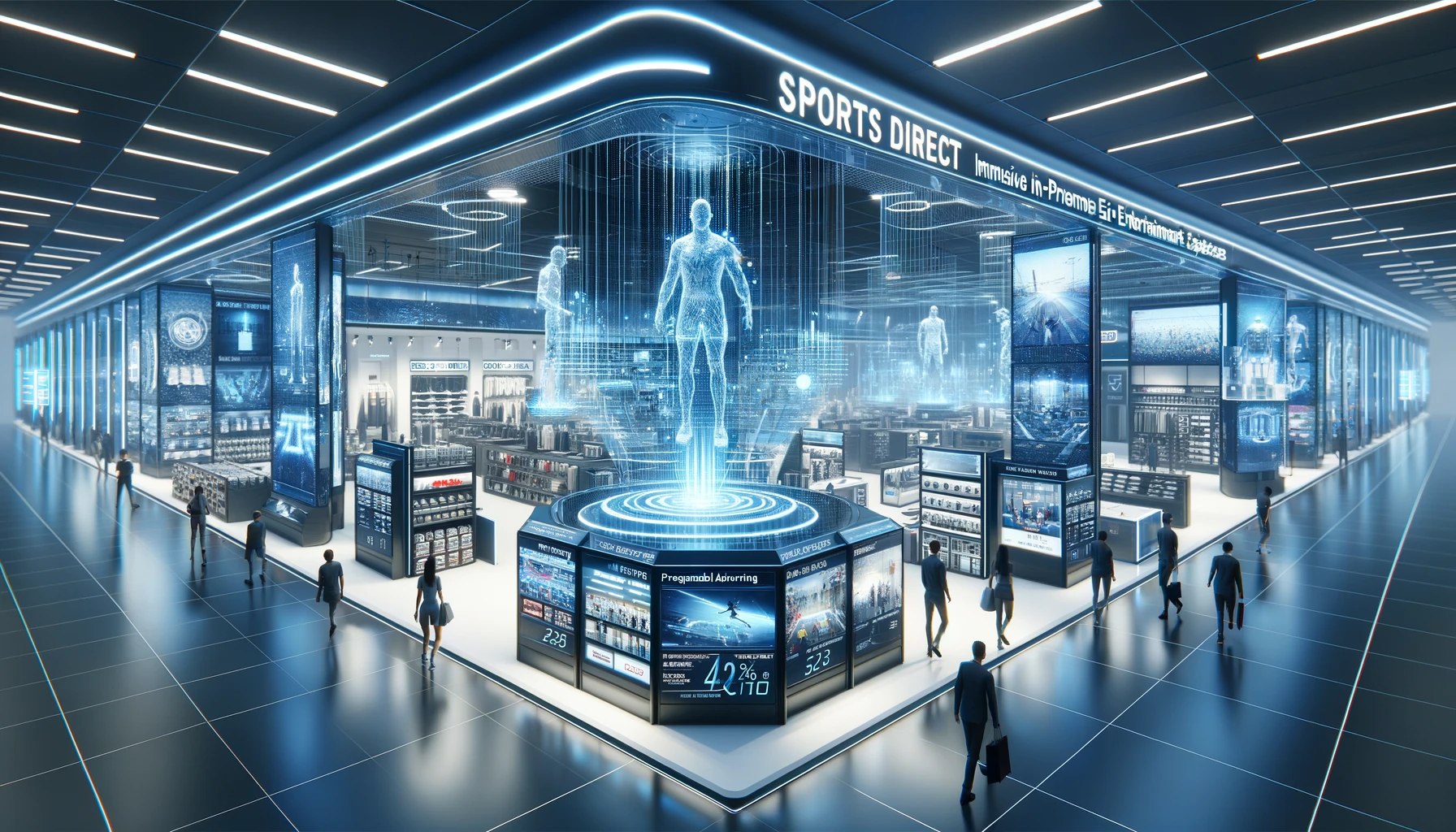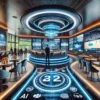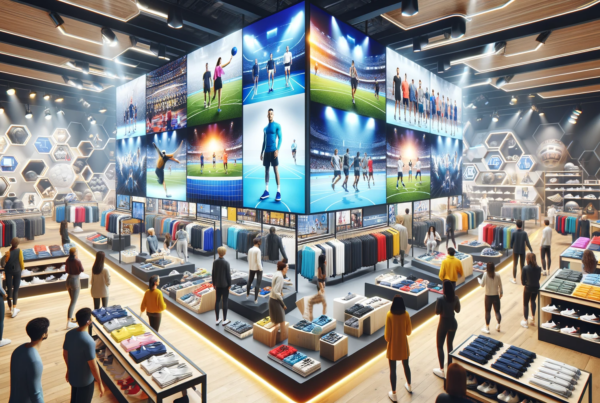When it comes to providing an unparalleled entertainment experience, the stakes are high and the competition fierce. In the age where consumer expectations are sky-rocketing, designing immersive in-premise entertainment experiences becomes not just a luxury, but a necessity for businesses looking to stay ahead. Sports Direct, with its commitment to innovation and customer satisfaction, is at the forefront of this transformation. In this blog post, we will explore how to create memorable, engaging, and dynamic on-premise entertainment experiences that resonate with audiences and keep them coming back for more.
Immersive entertainment is all about creating a multi-sensory experience that fully engulfs the audience, making them feel part of the story. This can be achieved through cutting-edge technology, interactive elements, and thoughtfully crafted narratives that transcend traditional boundaries. Whether it’s through virtual reality, augmented reality, or simply through the innovative use of space and storytelling, the goal is to transport your guests to another world.
Understanding the Core Elements of Immersive Design
Designing an immersive experience is more than just adding technology; it’s about understanding the core elements that make these experiences resonate. These include narrative, environment, interactivity, and technology. A strong narrative is the backbone of any immersive experience, guiding the audience through the journey. The environment must be meticulously designed to support the story, often using physical space in innovative ways to enhance the narrative. Interactivity allows guests to become active participants, further deepening their engagement. Lastly, technology serves as the enabler, bringing all other elements to life in a seamless and magical way.
For example, Sports Direct could transform part of their retail space into an interactive sports challenge zone. Utilizing motion-sensing technology, customers could engage in virtual games or competitions that not only entertain but also showcase the products in a dynamic, hands-on environment.
Narrative: Crafting the Story
The story you tell is crucial to the immersive experience. It should be compelling, relevant, and resonate on a personal level with your audience. Consider the demographics of your customer base and tailor your story to speak to their interests and aspirations. By weaving storytelling into the fabric of the experience, you create a connection that goes beyond the superficial, encouraging a deeper level of engagement.
Environment: Setting the Stage
The physical space where the experience takes place should be more than just a backdrop; it should actively contribute to the narrative. This might involve transforming spaces in unexpected ways, using lighting, sound, and decor to create an atmosphere that complements the story being told. The environment should stimulate the senses and make the audience feel like they’ve stepped into a different world.
Interactivity: Engaging the Audience
Interactivity turns spectators into active participants. By incorporating elements that require audience input or action, you create a two-way dialogue between the experience and the guest. This can be as simple as physical tasks or as complex as decision-making that affects the narrative outcome. The key is to make the interactivity meaningful and integral to the experience, rather than a tacked-on gimmick.
Technology: The Invisible Enabler
While technology should never overshadow the story, it is an essential tool in creating an immersive experience. From virtual reality to responsive environments, technology has the power to amplify the other elements of design. However, it’s important to use technology in a way that feels organic and enhances, rather than distracts from, the immersive experience.
Integrating Immersive Experiences into Retail Spaces
Retail spaces like Sports Direct have a unique opportunity to integrate immersive experiences into their customer journey. By doing so, they can transform the act of shopping from a transaction to an event. This can lead to increased customer loyalty, longer dwell times, and ultimately, higher sales.
Imagine a scenario where customers walk into a Sports Direct store and are greeted by an interactive wall that displays content relevant to their interests, learned over time through smart technology. As they move through the store, they encounter different zones set up for interactive product demos, skill tests, and even virtual meet-and-greets with their favorite athletes. This is not just shopping; it’s an event that customers will remember and share with others.
Enhancing Product Engagement
By integrating products into the immersive experience, retailers can create a powerful form of experiential marketing. Customers can see, touch, and test products within the context of an engaging narrative, which can significantly enhance the perceived value of the products and the likelihood of purchase.
Creating Community Spaces
Immersive experiences can also serve to create a sense of community within retail spaces. By hosting events or competitions that bring people together, retailers can foster a sense of belonging and encourage repeat visits. This is particularly effective in sports retail, where the spirit of competition and camaraderie is already a strong motivator.
Case Studies: Successes in Immersive Design
To understand the potential of immersive experiences, let’s look at some successful case studies. One example is the Nike House of Innovation, which offers a highly personalized shopping experience that includes a ‘Speed Shop’ stocked with local favorites and locker pickup for app reservations. Another is the Adidas flagship store in London, which features a tunnel entrance that mimics players walking onto the pitch, complete with crowd noise and lighting effects.
These examples show that when immersive experiences are done right, they can become a talking point that extends beyond the walls of the retail space and into the wider world, generating buzz and excitement around the brand.
Measuring Success
When implementing immersive experiences, it’s important to measure their success. This can be done through sales data, customer feedback, social media engagement, and other metrics. By analyzing this data, businesses can refine their approach and continuously improve the experiences they offer.
As we’ve seen, designing immersive in-premise entertainment experiences requires a deep understanding of storytelling, environment design, interactivity, and the strategic use of technology. By focusing on these core elements and continuously measuring and refining their approach, businesses like Sports Direct can create memorable experiences that resonate with customers and keep them coming back for more.
In conclusion, the art of designing immersive on-premise entertainment experiences is a complex but rewarding challenge. By focusing on the core elements of immersive design and integrating experiences into the customer journey, businesses can create truly memorable experiences that differentiate them from the competition and build lasting customer loyalty. It’s an investment in the future of retail, and one that is sure to pay dividends in the age of experience-driven commerce.








